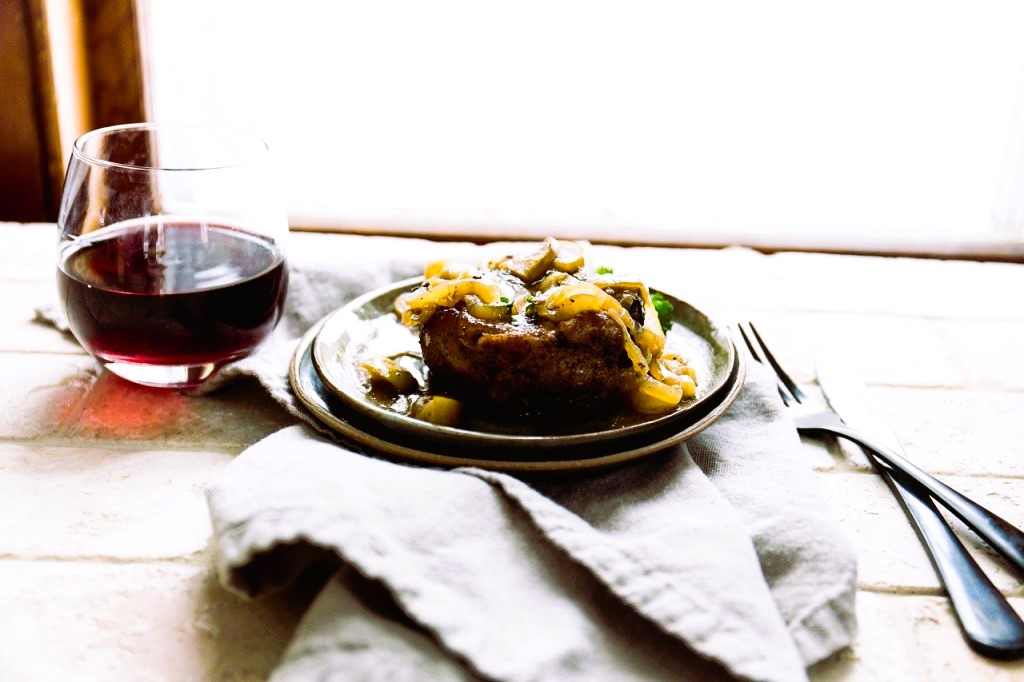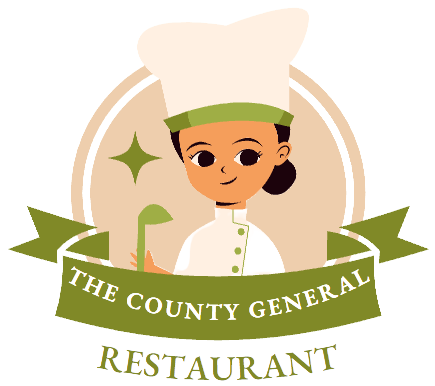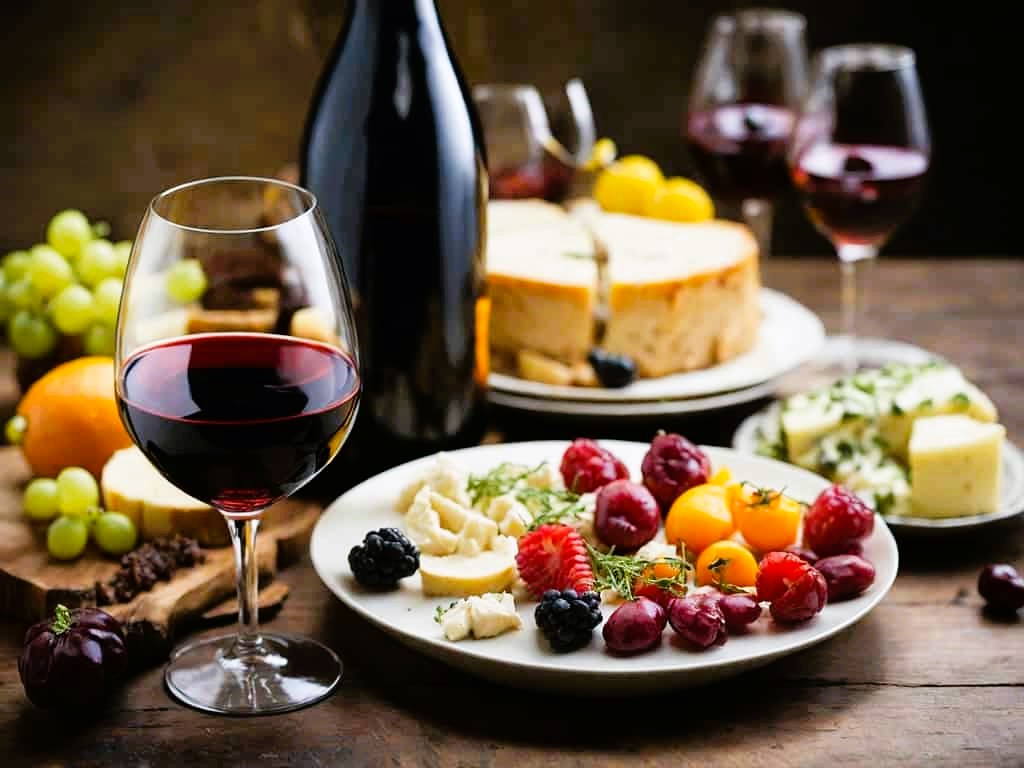In the realm of gastronomy, the union of wine and food is a symphony of flavors that can elevate a dining experience from ordinary to extraordinary. The art of pairing wine with food is a delicate dance that requires an understanding of the nuances of taste, aroma, and texture. When done right, the combination of the right wine with the right dish can create a harmonious blend that tantalizes the senses and leaves a lasting impression. In this exploration, we delve into the intricacies of wine and food pairing, uncovering the principles and secrets that transform a meal into a culinary masterpiece.
Understanding the Basics of Wine and Food Pairing
The foundation of successful wine and food pairing lies in the principle of complementing or contrasting flavors and textures. Complementary pairings enhance the flavors of both the wine and the dish, while contrasting pairings create a balance that cleanses the palate between bites. The goal is to create a synergy that enhances the dining experience and allows each element to shine.
Matching Intensity and Weight
One of the key considerations in pairing wine and food is matching the intensity and weight of both components. Lighter wines, such as crisp white wines, often pair well with delicate dishes like seafood or salads. On the other hand, bold red wines can stand up to heartier dishes like steaks and rich sauces. Finding the right balance ensures that neither the wine nor the food overpowers the other.

Harmonizing Flavors and Aromas
The flavors and aromas present in both the wine and the dish play a pivotal role in successful pairing. For instance, a citrusy Sauvignon Blanc can enhance the flavors of a citrus-marinated seafood dish, creating a harmonious blend of complementary notes. Similarly, a spicy Syrah can complement the smoky flavors of grilled meats.
Texture Matters
The texture of both the wine and the food should also be taken into account. Creamy dishes, like a velvety risotto, often pair well with wines that have a lush, creamy texture, such as Chardonnay. Crisp wines, such as Champagne or sparkling wine, can provide a refreshing contrast to fried or crispy dishes, creating a dynamic and satisfying experience. Recreating delicious food from childhood with a sophisticated touch, read more in the Taste of Nostalgia article.
Regional Pairings
Exploring regional wine and food pairings can provide insight into the traditional culinary heritage of a specific area. For example, Italian Chianti pairs naturally with pasta dishes featuring tomato-based sauces, reflecting the synergy of flavors that have evolved over generations.
Creating Memorable Experiences

When dining out, restaurants often offer expertly curated wine pairings to enhance the flavors of their dishes. The sommelier’s knowledge of wine profiles and the menu’s offerings can guide diners toward a cohesive and memorable experience. At home, experimenting with different pairings can be an enjoyable way to discover new flavor combinations and enhance your cooking skills.
Resources for Wine and Food Pairing
Whether you’re a seasoned wine enthusiast or a novice explorer, resources are available to guide you in perfecting the art of wine and food pairing. Wikipedia provides insights into the world of Wine and Food Pairing, offering tips and suggestions to enhance your culinary adventures.
A Culinary Journey of Discovery
The art of pairing wine and food is a culinary journey that celebrates the complexity of flavors and the joy of exploration. With each sip and bite, you have the opportunity to create a symphony of sensations that resonates with your palate. Whether you’re dining at a fine restaurant or enjoying a meal at home, mastering the art of wine and food pairing adds a layer of sophistication and pleasure to every dining experience.

